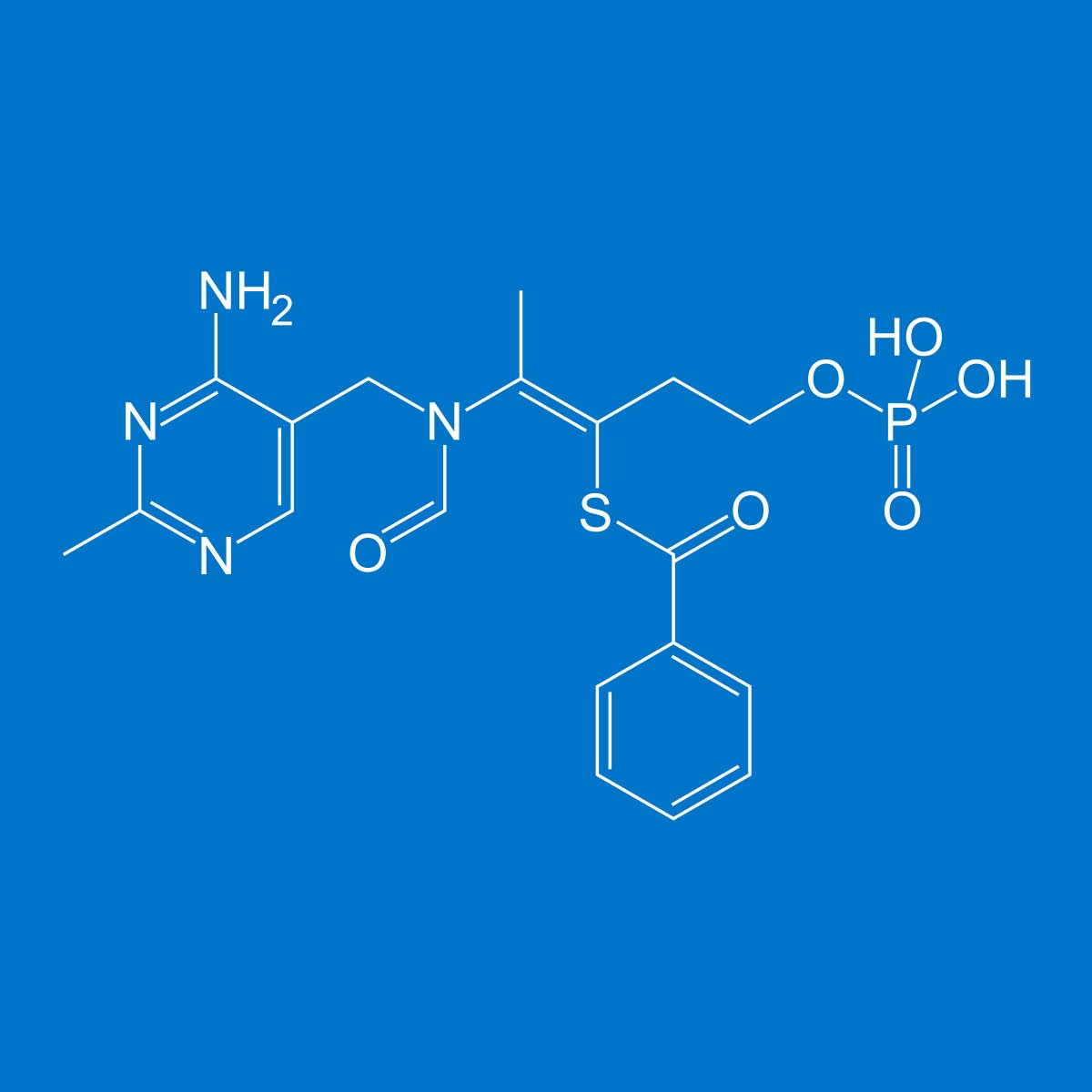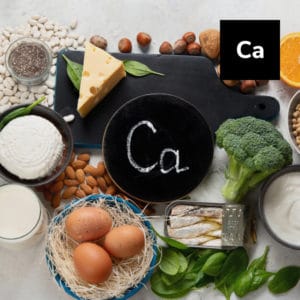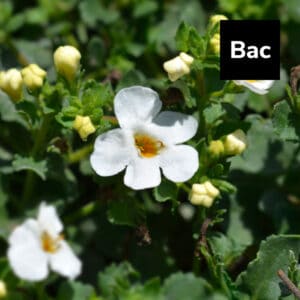Overview
Benfotiamine converts to thiamine in the body and enters cells more easily than does thiamine. It serves as a key factor for the three enzymes involved in generating energy from glucose. It is commonly used to help with diabetic neuropathy and alcohol use disorder.
Key Benefits
- Supports glucose metabolism
- Promotes nerve health
- Helps restore thiamine levels
- May provide cognitive improvement
- May provide relief for diabetic neuropathy
- Supports psychological support in alcoholics since they are typically deficient in thiamine.
- May benefit cognition
History of Usage
Benfotiamine was developed and invented in Japan and reported internationally in 1961 by Wada, Takagi, and Minakami. It is marketed as an over-the-counter medicine to help diabetic neuropathy and, since 2017, it’s been marketed as a pharmaceutical drug in numerous countries.
Biochemistry
Benfotiamine activates the enzyme transketolase, a part of the pentose phosphate pathway that turns sugars into sources of energy instead of harmful glycation end products (AGEs). It changes the production of the enzymes Nos3 and PKB/Akt to increase cell regeneration and reduce cellular death. It inhibits the NOX4 gene, improving the breakdown of sugar in muscles, and inhibits the GSK3b gene, improving brain health.
Recent Trends
Benfotiamine B1 which supports neurocognitive health is likely to get included in memory formulas, glucose support supplements, and nerve support supplements in the form of capsules, creams, tinctures, and powders.
Precautions
- Pregnant and breastfeeding women should consult with a healthcare professional before taking benfotiamine.
- When taken in standard doses, benfotiamine is generally considered safe for the majority of people, though its long-term safety has not been studied. The adverse effects observed in clinical trials were mild and included gastrointestinal problems and skin reactions.
- Because benfotiamine is converted to thiamine (vitamin B1), and thiamine may cause low blood pressure or low blood glucose, individuals taking medications or herbs to lower blood pressure or blood glucose should proceed with caution.
- Individuals who are sulfur sensitive should avoid benfotiamine.
References
- (2013) Thiamine (Vitamin B1). Mayo Clinic.
- Fraser DA, Diep LM, Hovden IA et al. (2012) The effects of long-term oral benfotiamine supplementation on peripheral nerve function and inflammatory markers in patients with type 1 diabetes: a 24-month, double-blind, randomized, placebo-controlled trial. Diabetes Care 35, 1095-1097.
- Stracke H, Gaus W, Achenbach U et al. (2008) Benfotiamine in diabetic polyneuropathy (BENDIP): results of a randomised, double blind, placebo-controlled clinical study. Exp Clin Endocrinol Diabetes 116, 600-605.
- Pan X, Chen Z, Fei G, Pan S, Bao W, Ren S, Guan Y, Zhong C. Long-Term Cognitive Improvement After Benfotiamine Administration in Patients with Alzheimer’s Disease. Neurosci Bull. 2016 Dec;32(6):591-596. doi: 10.1007/s12264-016-0067-0. Epub 2016 Oct 1. PMID: 27696179; PMCID: PMC5567484.
- Gibson GE, Hirsch JA, Cirio RT et al. (2013) Abnormal thiamine-dependent processes in Alzheimer’s Disease. Lessons from diabetes. Mol Cell Neurosci 55, 17-25.
- Hammes HP, Du X, Edelstein D, Taguchi T, Matsumura T, Ju Q, Lin J, Bierhaus A, Nawroth P, Hannak D, Neumaier M, Bergfeld R, Giardino I, Brownlee M. Benfotiamine blocks three major pathways of hyperglycemic damage and prevents experimental diabetic retinopathy. Nat Med. 2003 Mar;9(3):294-9. doi: 10.1038/nm834. Epub 2003 Feb 18. PMID: 12592403.
- Balakumar P, Rohilla A, Krishan P, Solairaj P, Thangathirupathi A. The multifaceted therapeutic potential of benfotiamine. Pharmacol Res. 2010 Jun;61(6):482-8. doi: 10.1016/j.phrs.2010.02.008. Epub 2010 Feb 25. PMID: 20188835.
- Katare RG, Caporali A, Oikawa A, Meloni M, Emanueli C, Madeddu P. Vitamin B1 analog benfotiamine prevents diabetes-induced diastolic dysfunction and heart failure through Akt/Pim-1-mediated survival pathway. Circ Heart Fail. 2010 Mar;3(2):294-305. doi: 10.1161/CIRCHEARTFAILURE.109.903450. Epub 2010 Jan 27. PMID: 20107192; PMCID: PMC2865995.
- Fraser DA, Hessvik NP, Nikolić N, Aas V, Hanssen KF, Bøhn SK, Thoresen GH, Rustan AC. Benfotiamine increases glucose oxidation and downregulates NADPH oxidase 4 expression in cultured human myotubes exposed to both normal and high glucose concentrations. Genes Nutr. 2012 Jul;7(3):459-69. doi: 10.1007/s12263-011-0252-8. Epub 2011 Oct 9. PMID: 21984258; PMCID: PMC3380192.
- Sun XJ, Zhao L, Zhao N, Pan XL, Fei GQ, Jin LR, Zhong CJ. Benfotiamine prevents increased β-amyloid production in HEK cells induced by high glucose. Neurosci Bull. 2012 Oct;28(5):561-6.
- Manzardo AM, Pendleton T, Poje A, Penick EC, Butler MG. Change in psychiatric symptomatology after benfotiamine treatment in males is related to lifetime alcoholism severity. Drug Alcohol Depend. 2015 Jul 1;152:257-63.
- Manzardo AM, He J, Poje A, Penick EC, Campbell J, Butler MG. Double-blind, randomized placebo-controlled clinical trial of benfotiamine for severe alcohol dependence. Drug Alcohol Depend. 2013 Dec 1;133(2):562-70.
- Gibson GE, Hirsch JA, Cirio RT, Jordan BD, Fonzetti P, Elder J. Abnormal thiamine-dependent processes in Alzheimer’s Disease. Lessons from diabetes. Mol Cell Neurosci. 2013;55:17-25. doi:10.1016/j.mcn.2012.09.001




